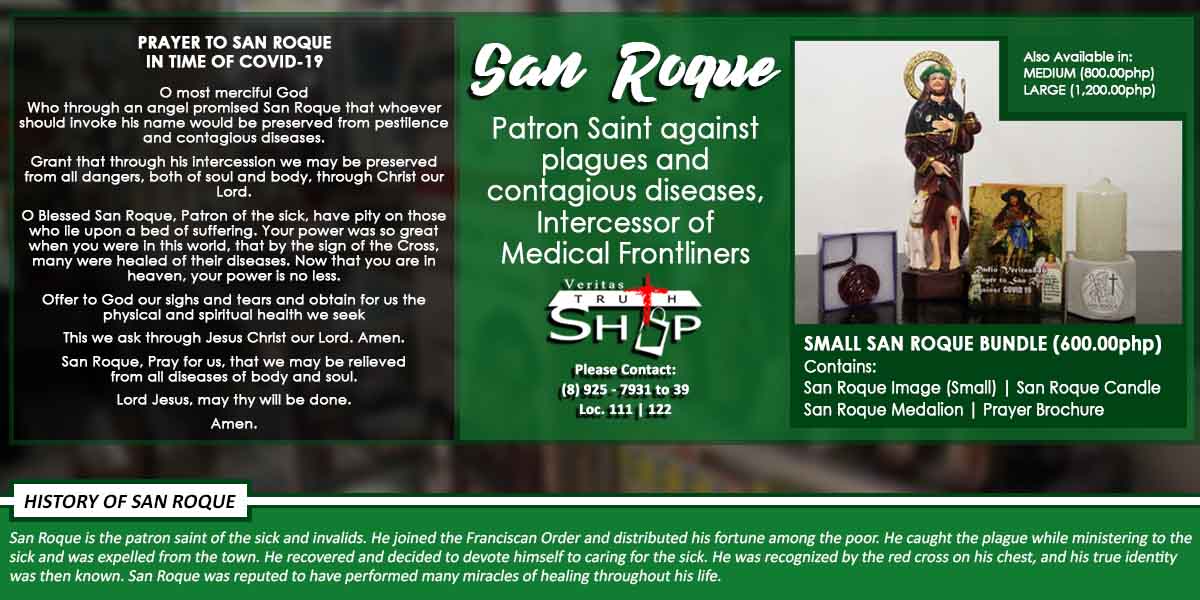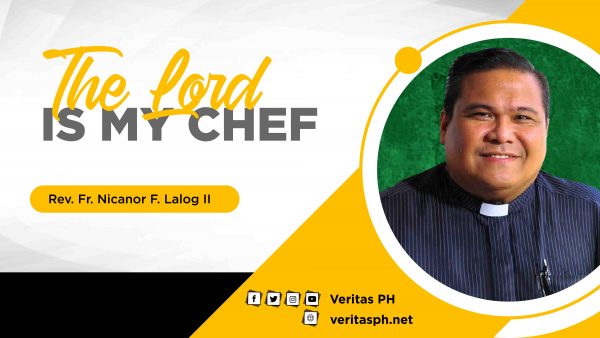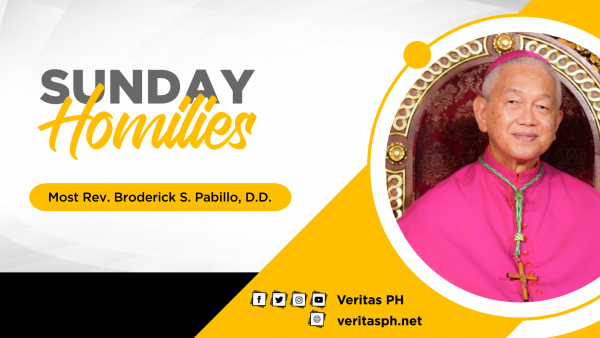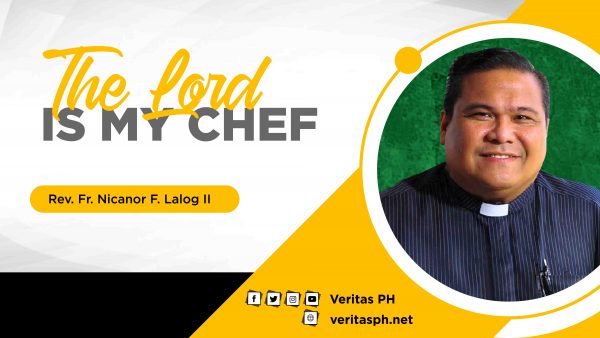378 total views
Continuing the Lucan travel account this Sunday’s gospel narrates the progress of Jesus’ journey towards Jerusalem where he visited Martha and Mary in a certain village (10:38-42) which is recounted nowhere else in the Synoptic tradition. It is Martha who is said to have welcomed Him into her home (v38).
The word “welcome” used here ὑποδέχομαι (hypodechomai) appears only in three other instances (Lk 19:6 when Zacchaeus received Jesus into his home; Acts 17:7; Jas 2:25), specifically with the sense of ‘to welcome as a guest”; (though considered only as one of the variants of the verb δέχομαι that has the general sense of ‘to receive, welcome’).
Reading the episode one understands immediately that Martha’s ‘distraction’- her natural expression of welcome as a perfect, oriental hostess, is gently reproved while Mary’s attention- sitting at the Lord’s feet like a disciple before his master which is uncommon to women, is clearly approved. Jesus’ pronouncement in the end makes listening to the word the one thing necessary, (consistent with the Lucan message of 18:15, the parable of the sower, and v21, those considered Jesus’ ‘family’). Priority is given to the hearing of the word of the Lord over preoccupation with all other concerns. Martha wanted to honor Jesus with an elaborate meal but Jesus reminds her that it is more important to listen to what he has to say.
The proper ‘welcome’ is attention to his instruction, not an elaborate provision for his physical needs. And coming on the heels of the Good Samaritan story, it emphasizes the listening to the word of Jesus, something that goes beyond love of one’s neighbor. Martha’s service is not really repudiated by the Lord but he stresses that it’s elaborate thrust may be misplaced. A diakonia that bypasses the word is one that will never have lasting character, whereas listening to Jesus’ word is the lasting “good” that will not be taken from the listener.
To read this episode as a commendation of contemplative life against active life is an allegorization and introducing a distinction that was born only of later preoccupation. The story of Mary and Martha is addressed to all of us who are expected to be “contemplativi in actione”.

















